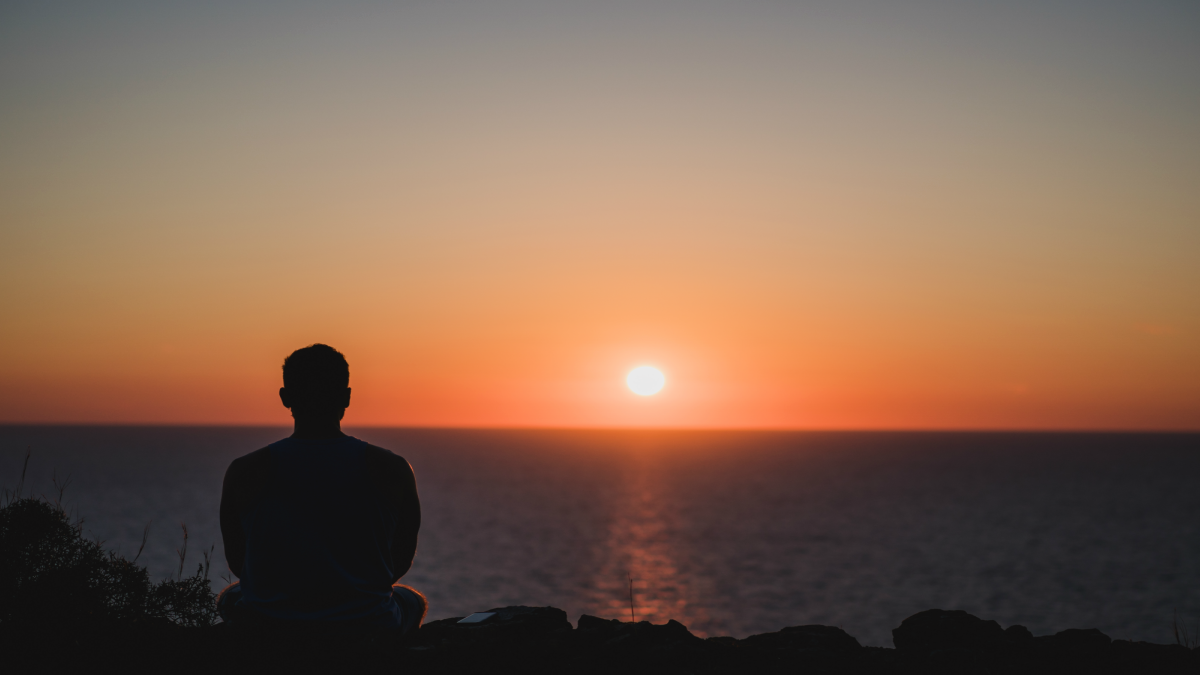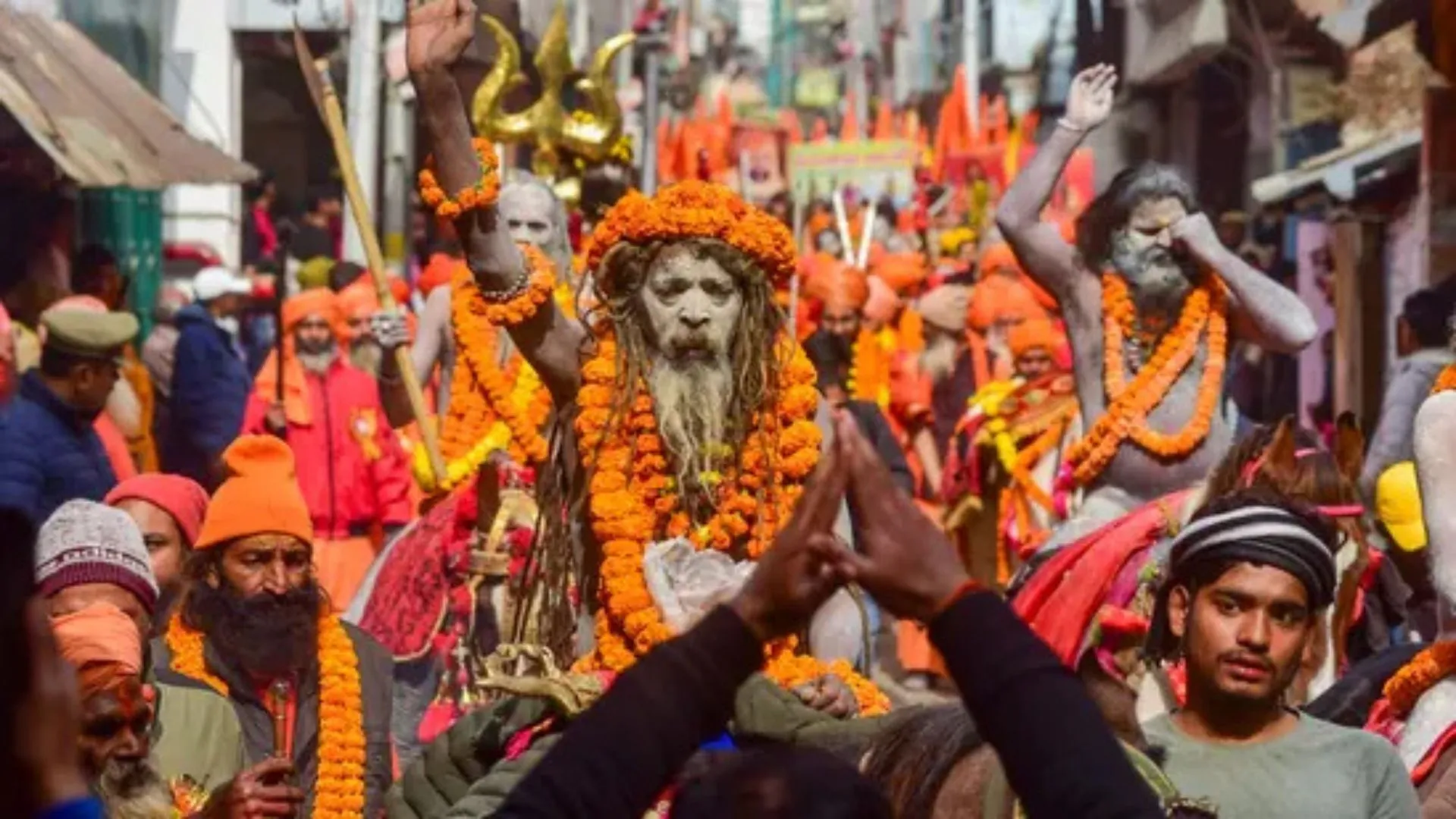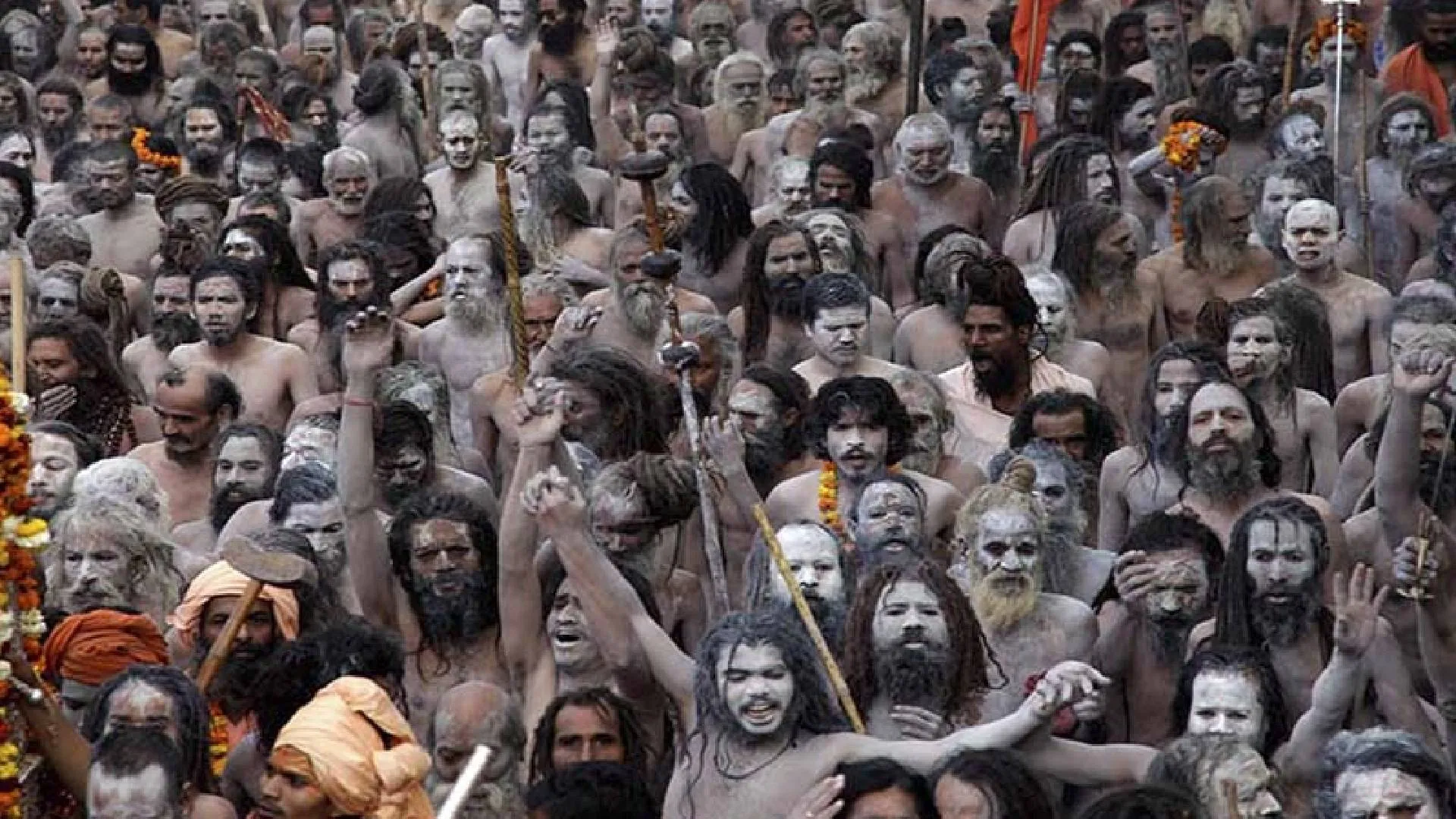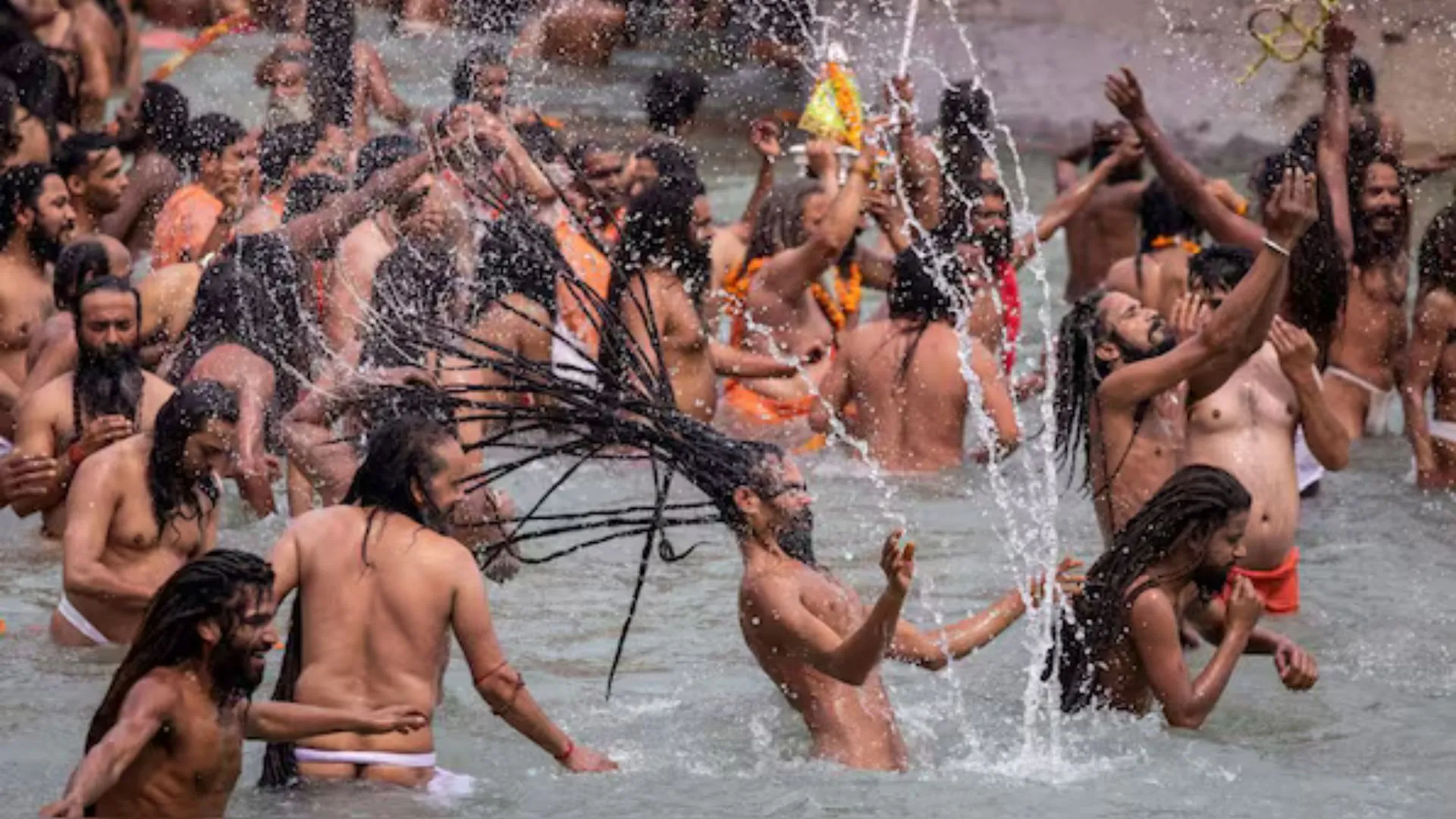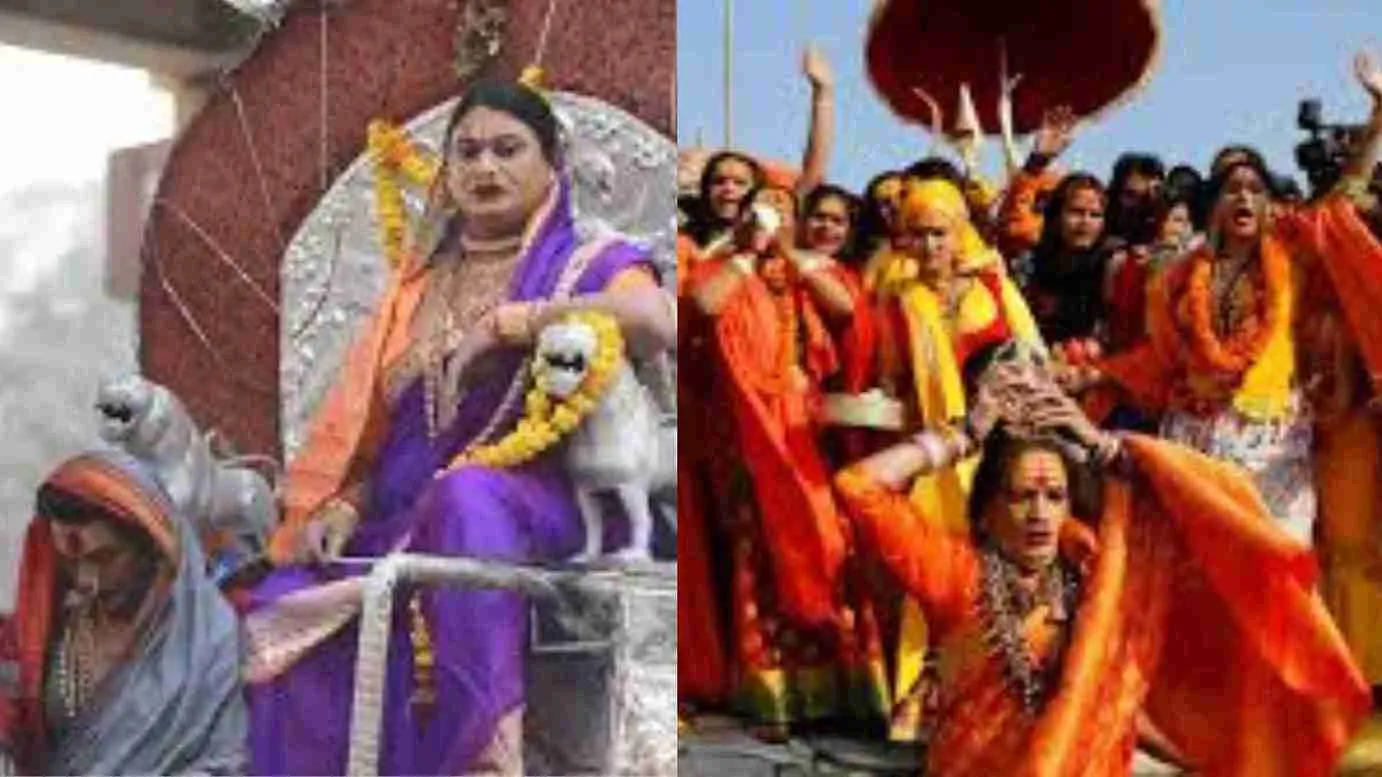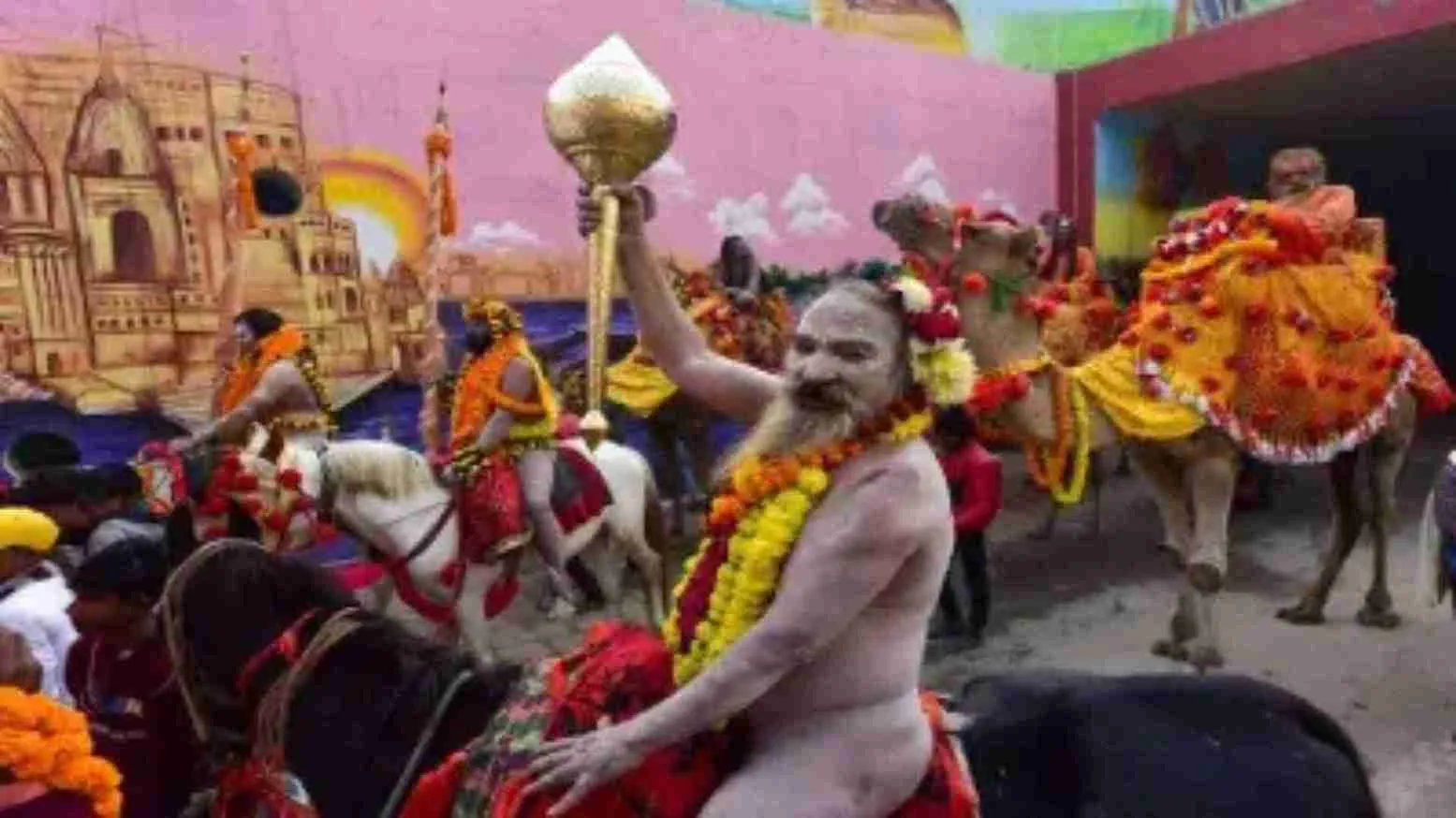The soul, even on the threshold of enlightenment, must stand firm in its determination to merge in God. Where there is ego, there is separation from God. To realize our oneness with God, we must surrender the ego itself. By our own free choice we must say, “I want the infinite Self, not the little self.” It’s not easy.
That highest and final test is the most challenging of them all. At that moment the ego recoils and says, “No, no—wait!” All those who have attained enlightenment have experienced it. Buddha told how, on the eve of his enlightenment, suddenly Satan appeared in tempting forms to try to draw him back into ego consciousness. Buddha, with one supreme effort, rapped on the ground and said, “Mara—Death—I have defeated you!” And Satan disappeared.
THE DOORWAY TO THE HIGHEST ATTAINMENT
Ramakrishna, a great saint of the 19th century in India, was faced with the difficulty of giving up the lower self. His guru, Totapuri, wanted to give him the experience of samadhi, complete absorption of the self in the Infinite, but Ramakrishna was a devotee of God in the form of the Divine Mother, and every time he reached the doorway of samadhi, he would suddenly see the Divine Mother.
And he would feel such love – the love of the devotee for God – that he couldn’t go through that doorway in to the impersonal consciousness of the Infinite. Finally Totapuri took a piece of glass from the ground and rammed it into Ramakrishna’s forehead at the point between the eyebrows, crying, “Concentrate there!” Ramakrishna then mentally took a sword and, slicing Divine Mother in half, he realized the highest state of consciousness.
Rajarshi Janakananda, Paramhansa Yogananda’s chief disciple, was just at the point before he attained the highest enlightenment, when suddenly his meditations became filled with darkness. For years his meditations had been filled with the light and bliss of God contact, but suddenly it was all gone. He felt strongly tempted to give into doubts and disbelief, but he nonetheless kept trying, and continued to meditate.
After days of darkness, suddenly Rajarshi saw a little point of light. Gradually that point of light came closer and closer until it became Paramhansa Yogananda, then Sri Yukteswar, then Lahiri Mahasaya, then Babaji. And then, finally, Rajarshi merged into the Infinite.
SABIKALPA SAMADHI: A FULFILMENT AND A TEMPTATION
Liberation from the ego does not come with the first glimpses of cosmic consciousness. Samadhi comes in two stages: sabikalpa and nirbikalpa. The first stage, sabikalpa samadhi, is conditional and temporary. In sabikalpa samadhi, the body is in a trance state and immobile, but the ego remains subconsciously present and returns in full force after one leaves his meditation. From this state it is still possible to fall spiritually, for one has not yet overcome ego-consciousness completely.
This first stage, then, constitutes not only a fulfillment but also a serious temptation. It is by no means unheard of for devotees to fall back into delusion after reaching this point. For upon returning to ego-awareness, the devotee can use the memory of the consciousness of infinity to reinforce the power of the ego. Backed by the memory of oneness with the whole universe, he can easily imagine himself to need no further help or guidance. “I’m as great as my guru!” he may tell himself. “I am omniscient and infallible. I am supreme!”
Paramhansa Yogananda once said to Rajarshi Janakananda, “Never forget where your power comes from.” With a sweet smile Rajarshi answered, “I won’t Master. It comes from you.” Yogananda once said to me, “Remember, you will not be safe until you have attained nirbikalpa samadhi.” He told me about various saints who had fallen after they had attained the lower samadhi.
The other, and positive, side of sabikalpa samadhi is that meditators normally return from it, not tempted to strengthen their egos, but eager to reject ego-consciousness altogether after the experience of the absolute bliss of cosmic consciousness. For most who attain this high level of soul-refinement, the temptation to return to their egos no longer exists.
The only thing that “tempts” them is their memory of the paradise to which they have not yet been granted full admittance. In the highest samadhi, nirbikalpa samadhi, there is no longer any danger of slipping spiritually. The ego no longer exists. At this point the soul is no longer aware of the ego in human terms, but knows it solely as a manifestation of the Infinite Reality. Every moment of one’s life, and every atom of one’s body, is permeated throughout with divine bliss.
LIBERATING SHOCK OF OMNIPRESENCE
The real work on the spiritual path is to prepare the mind for this ultimate transformation. Were cosmic consciousness to come without prior preparation, the mind would be unable to contain it. It would receive a shock comparable to high-voltage electricity in the wiring of a house.
A science-fiction story appeared years ago about a planet that received its illumination from several suns. Together, the suns kept it constantly bathed in daylight. Once in every thousand years, however, these suns became so disposed that the inhabitants of the planet could briefly see the stars beyond the suns. Many people, overwhelmed by such a sudden and extraordinary event, went mad.. Their reaction was not, perhaps, wholly believable, but spiritually speaking, the point of the story is both clear and valid. Human consciousness, conditioned as it is by ordinary, worldly experience, is unable to accept what Yogananda called “the liberating shock of omnipresence.” It isn’t that omnipresence is devastating. The ego, however, must be conditioned by long and deep meditation to surrender itself into a greater self-awareness. Too sudden an expansion from its customary, though limited, perspective might only bewilder it with its sweeping panorama of things as they really are.
A young disciple of Paramhansa Yogananda’s once asked another, who was highly advanced, to give him a taste of divine ecstasy. The older one demurred, saying, “If I did so, your bliss, which you haven’t yet earned, would be temporary. Later on, you would be unable to bear your life any longer.”
WHEN EFFORTS END IN EASE
Truth seekers must understand that finding God is not like the supreme effort required, say, to climb Mount Everest, the accomplishment of which is more arduous at the end than at the beginning. Finding God is the simplest, most obvious, and most supremely natural thing to do in the world. At the end, one doesn’t find himself straining with desperate, heroic zeal to merge in Him. Rather, one relaxes, supremely, into perfect Bliss. Strain, tension, ardor, heroic zeal: these end forever for the soul. What is left is Satchidananda: ever-existing, ever-conscious, ever-new bliss.
What happens is that in your meditations you reach a point where you’ve gotten rid of all self-definitions. There’s nothing to cling to anymore. You’re not a woman or a man. You’re not American or Indian or French. You’re not rich or poor. You’re not young or old. You’re not beautiful or ugly. You’re none of these things.
Ramakrishna gave us a beautiful illustration with the onion. He said that spiritual progress is like peeling an onion. You get rid of peel after peel of self-definition until, what’s left? Nothing. The onion is made of these peels. The magnetism emanated by a true master lifts his disciples above their egos. What the guru does for us is primarily on a level of consciousness. He works from within, on our thoughts and feelings. Our job, above all, is to offer our hearts and minds up to him, that he may transform us.
The author is a direct disciple of Paramhansa Yogananda.

